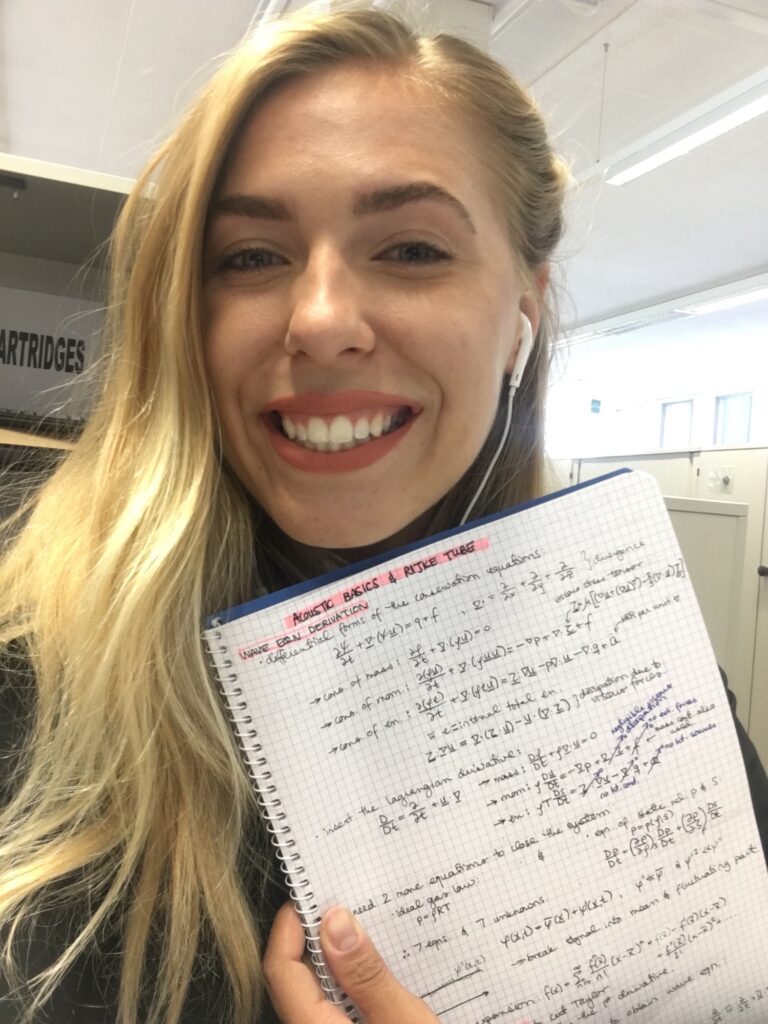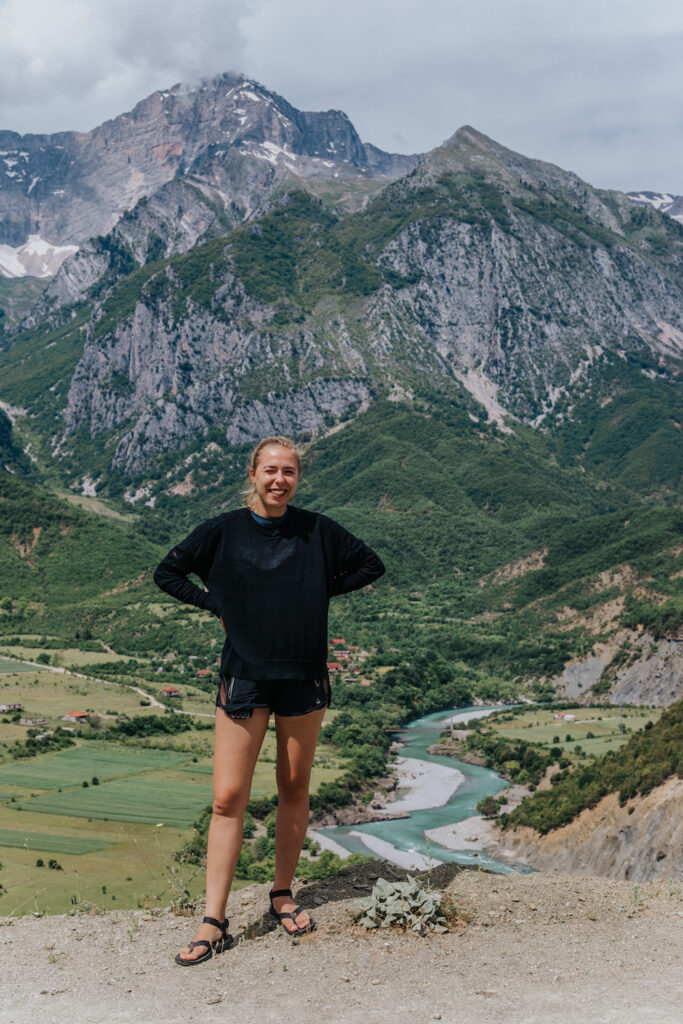How did this turbidity sensor project start?

It was quite a sudden transition in my life actually. One day I’m modeling thermoacoustic instabilities inside of gas turbines at my internship and the next I start a turbidity sensor project. Where I’m researching river morphodynamics and reading about the open-hardware community. Let’s just blame this sudden transition on a podcast I was listening to called “Oologies” by Alie Ward. And the particular episode was “Conservation Technology (EARTH SAVING).“
Wow, was my mind blown! I had no idea that it was possible to fuse two seemingly unrelated subjects together: conservation and technology. It was as if Alie recorded this episode just for me. In this episode, Alie interviews an engineer/scientist that was working for an aircraft manufacturer. To be honest, I don’t even remember what he was doing, I just remember that he was doing something pretty technical like me. And this dude now creates technological solutions for ocean conservation (WHAT! LIKE, HOW COOL?!).
When two worlds collide
At the end of that episode, I decided that I was going to build tech for river conservation. Not only was this my way to combine my “two lives” (mechanical-engineering-combustion-power-systems-nerdy-academic life and my whitewater-river-kayaking-living-in-a-van-drinking-kombucha-talking-to-plants life) but it’s also my way of using my engineering skills for something good. And you’re telling me I can splash around in the water and get paid? Sign me up!

My next discovery was that there was in fact nowhere to “sign up” for this job. So I decided that I would start by creating something small (some sort of product maybe?) that would be useful to someone studying rivers (maybe some scientist or NGO). I called up my friend Natalie (over at RARR, we met through kayaking) and she led me to the topic of turbidity. I remember she asked me “do you know what turbidity is?” and I was like “Ya, ya! It’s like turbid fluids, opposite of laminar flow.” Oh man! I had a lot to learn. But on our call, I realized that I really could be of value to this community; there are a lot of open-source blueprints online but no one really has the time to build these things (and inevitably learn to code). I could potentially close that gap.
Eye on the (sensing) prize
For example, the turbidity sensor Natalie was telling me about is normally ~$7000, but as I started to do more research I found that many tinkerers have already started making low-cost turbidity sensors. However, none were commercially available (except for this one at DFRobot – also please note that it doesn’t come with a proper schematic so it’s not open-source) and ready to use “out-of-the-box.” And that’s exactly how I decided to focus my time and start a turbidity sensor project:)
At the time I didn’t know if I should start a company or not since I was in Switzerland with a soon-to-expire visa. In the end, I was very lucky because I found a really cool professor and together we applied (and received!) an internal grant. So I could create this sensor and do some river science while working towards a PhD.
If you would like to read more about me, my projects and/or contributions, you can visit my about page.
Hello there Jessica,
I’ve been working on an “Arduino-based” (STM32 actually) water quality monitoring buoy to use in the Chesapeake Bay estuary and I’ve been wanting to add a turbidity sensor. I found a paper with a design that I’m using as a template and currently trying to replicate. One of the people that I’m working with brought your paper to my attention, and if my original plan doesn’t pan out then I may give your design a try. I didn’t see this reference in your references cited so I thought I’d pass it along in case it’s of interest. The paper is: Bardaji R, Sánchez A-M, Simon C, Wernand MR, Piera J. Estimating the Underwater Diffuse Attenuation Coefficient with a Low-Cost Instrument: The KdUINO DIY Buoy. Sensors. 2016; 16(3):373. https://doi.org/10.3390/s16030373. Some of the original electronic parts are obsolete so I’ve had to adjust for that, but I hope to have a working prototype later this spring.
cheers,
…Norm…